Water Conservation- Save The Blue
Water Conservation, very common two words, right? But, have you ever stressed upon these, ever turned them into deeds?
Water is essential for life on Earth to exist. However, misusing it results in a decrease in its capacity to fulfil this fundamental need for us. Water is a limited resource. Earth is a self-contained environment, but the planet’s water supply has remained constant over time. The population increase strains water resources. Additionally, human-caused pollution and contamination diminish the availability of pure water.
What is Water Conservation?
Water conservation actually means using the available water supply judiciously, sustainably and saving it for further generations by forbidding its unnecessary wastage. It is the responsibility of each and every resident of the Mother Earth.
This blue colored life supporting element is of high concern. The composition of water on Earth is 71%, we all know it from the very early stage of our life. Still, people think infinite times before conserving it. Only 3% of water is freshwater out of which only 0.5% is fit for consumption because 97% is salty water which makes the oceans, lakes, rivers. The rest 2.5% is in the form of glaciers, lost in the atmosphere or is severely polluted.
Why Water Conservation?
Read out some reasons why we all should care for our natural water resources. We bet you can’t agree more.
1. No buying of water: We will not have to buy bottled water if there is plenty of drinking water available. After water, the air is on sale too. Let’s limit this trend of selling air and water.
2. Save the soil: The main reason for drought is lack of rain. It renders the soil infertile and damages crops as the rain does not return back to the same spot in the same quantity. Let’s allow the soil to retain enough water for its good health.
3. Save energy: Pumping the water to each house and high rise apartments needs loads of energy. So, in this way you can also reduce the carbon footprint and help preserve our environment as well as contribute in water conservation.
4. Save your money: You will be charged less money on your bill from the water company if there is plenty of water to use. We humans are the only one that can restrict prices of water from soaring.
5. Save it for recreational purposes: It’s so much fun to visit water parks with exciting water rides. But, have you thought if water goes below its actual level you might not be able to enjoy these rides. Yes, you read that right . Water parks exist due to enough availability of water, once the level goes extremely down water will not be used for recreational purposes.
6. Save it for our children: Don’t let our further generations starve for water. We have borrowed this Earth from our generations, so it becomes our responsibility to return it to them in the most beautiful form. So, water conservation to the rescue.
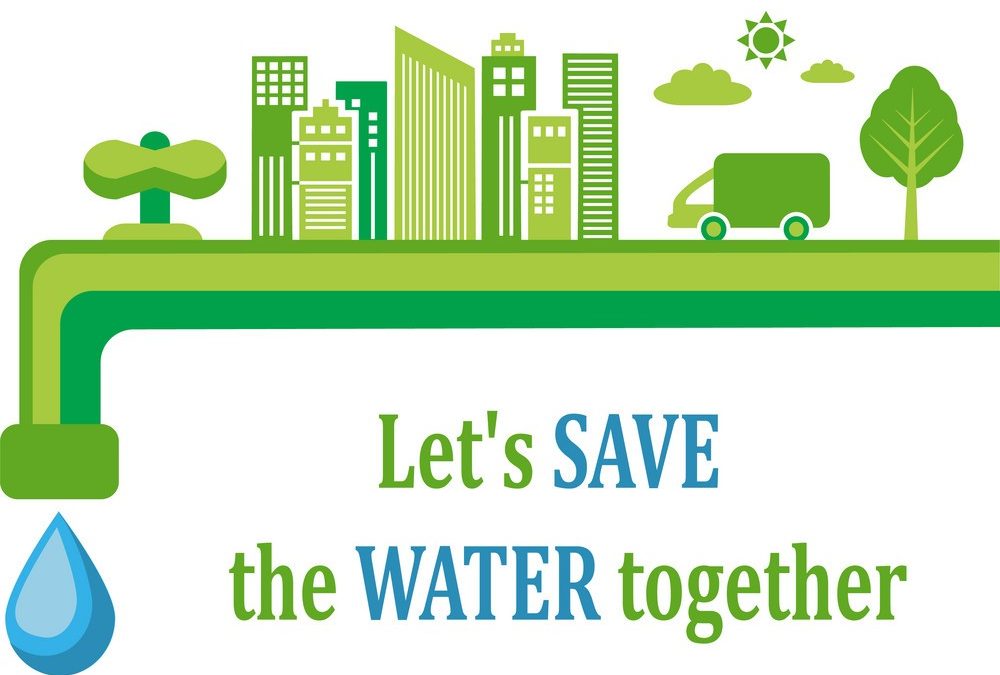
How Water Conservation?
- Repair leaking taps: The most common and compulsory way of preventing unnecessary water wastage. Repair the taps as soon as you notice leakage.
- Rainwater Harvesting: One of the most traditional ways of saving water is rainwater harvesting. Rain water harvesting is the collection and storage of rainwater that runs off from roof tops, parks, roads, etc. This water runoff can be either stored or recharged into the groundwater.
- The water purifier waste: The wastewater that is flown out from the RO systems at your homes can be fed to the plants, used for cleaning or for washing utensils. In this way, the wastewater can be put to a good use.
- The other waste water: Vegetables, fruits, rice and other cereals need a clean wash before they are consumed. So what do you do with the water that you used for washing the dirt out of these? I am one hundred percent sure that it is thrown away into the sink. But, now onwards, think before you let it flow down the sink. Water your plants with the same water. This will definitely help cut the water wastage at your home.
There are hundreds of more ways to conserve water, like, don’t run the tap while brushing/shaving, use a bucket to shower and wash vehicles, avoid cleaning driveways using water until very necessary and much more uncountable ways.
KEY FACTS ABOUT WATER
- 50–65 percent of an adult’s body is made up of water. On average, they are between 57 and 60 percent. While newborns have a greater percentage.
- The element that is present in all three states: Liquid, solid and gas.
- It is a universal solvent.
- World Water Day is observed on March 22 every year.
- There is only a limited amount of water present on Earth. The same is recycled repeatedly for it to be reusable, so that we do not run out of water completely. Get brief into the water cycle.
- It is no surprise that plants are totally dependent on water for their growth. They make up the basic life support for every living being on Earth. So, no water means no greenery which brings along other obstacles too.
- The energy produced by falling water from the dam helps build electric energy which lights up each and every home.
- Water aids in regulating Earth’s temperature.
- 42% of land area is covered by drought in India.
- Cucumber has 95% of water.
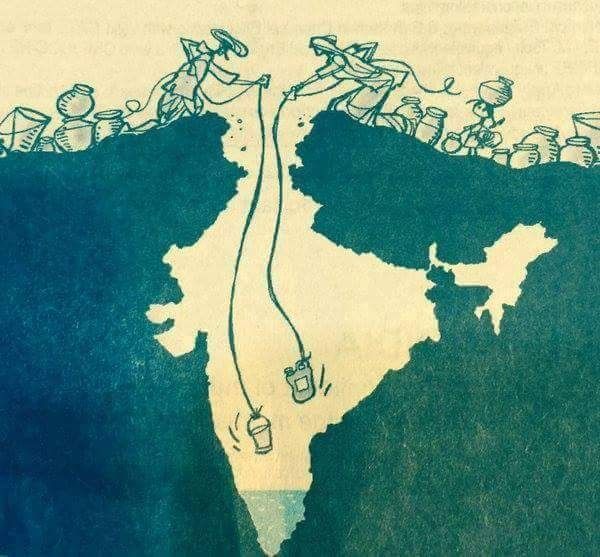
The Takeaway
Due to pollution, people are notably cutting back on their water usage. As well as other pollutants. Additionally, we are poisoning rivers with substances like fertilizer and oil, harming all aquatic life on Earth. These eventually find their way to the ocean. Without access to freshwater, one will perish quickly. Water is life, which is a morbid but basic fact that helps make the point. The most effective, economical, and environmentally responsible way to reduce water consumption is through water conservation.
Water is a worldwide concern, thus we must all work together. Additionally, it is crucial that we conserve as much water as we can. If not for us, then for the generations after us, and if not for our generation, then for the Earth and the world in which we live. Even while spreading awareness looks easy, it is quite difficult to accomplish. Undoubtedly, starting it in our homes, with ourselves, is the simplest. Let’s take the initiative to start conserving as a group rather than waiting for someone else to do it.
Most importantly, we need to make sure that everyone understands how crucial water is. That is the bare minimum we can do to conserve water. The pledge of conserving water has to be taken as early as possible, otherwise this planet will have no water at all. Let’s make it a lifestyle, this is indeed a good practice. Water conservation must start from your very own place, then step out to help the world conserve,
We are building a community of like minded people who have the urge and willingness to save our natural water resources. The WICCI Council is heading towards its aim of saving water with a vision of clean and pure water for everyone. Join us in this mission of Water Conservation.
Tell us in the comment section, what are the ways that you adopt to conserve water. Tell the world that you are giving back to Mother Nature.
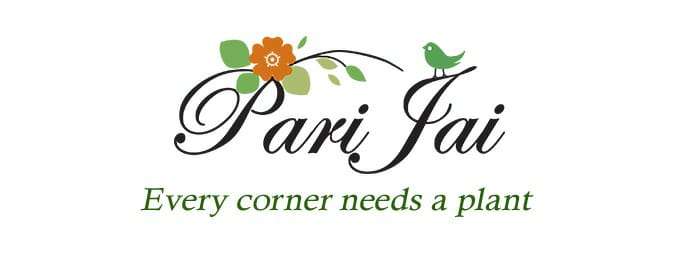
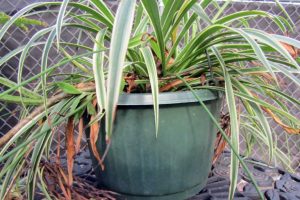


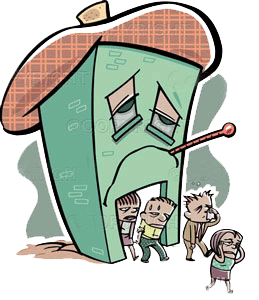
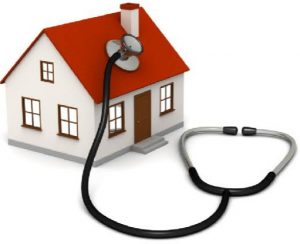

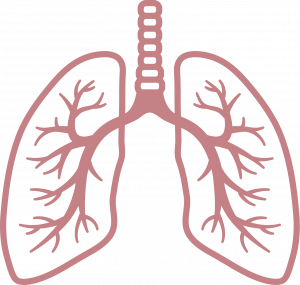 The plants in a living wall filter particulate matter from the air and convert carbon dioxide into oxygen. A green lung extracts 2.3 kg carbon dioxide per annum from the air and produces 1.7 kg of oxygen. With these green lungs you contribute to air purification.
The plants in a living wall filter particulate matter from the air and convert carbon dioxide into oxygen. A green lung extracts 2.3 kg carbon dioxide per annum from the air and produces 1.7 kg of oxygen. With these green lungs you contribute to air purification. 50% sunlight is absorbed by the plants while 30% is reflected. Thus, it leads to a cooler and more pleasant environment in summers and a warmer indoor climate during winters.
50% sunlight is absorbed by the plants while 30% is reflected. Thus, it leads to a cooler and more pleasant environment in summers and a warmer indoor climate during winters.
 A green lung acts as a sound barrier to the building. It absorbs 41% more sound than a traditional facade and this means that the indoor environment is much quieter. Also, the indoor voices are less likely to reach outside.
A green lung acts as a sound barrier to the building. It absorbs 41% more sound than a traditional facade and this means that the indoor environment is much quieter. Also, the indoor voices are less likely to reach outside. Green lungs help to reduce the energy costs incurred to adequately ventilate and control building temperature. Reduction in the use of energy will not only cut down on heavy electricity bills but will also help conserving energy for the upcoming generations.
Green lungs help to reduce the energy costs incurred to adequately ventilate and control building temperature. Reduction in the use of energy will not only cut down on heavy electricity bills but will also help conserving energy for the upcoming generations.